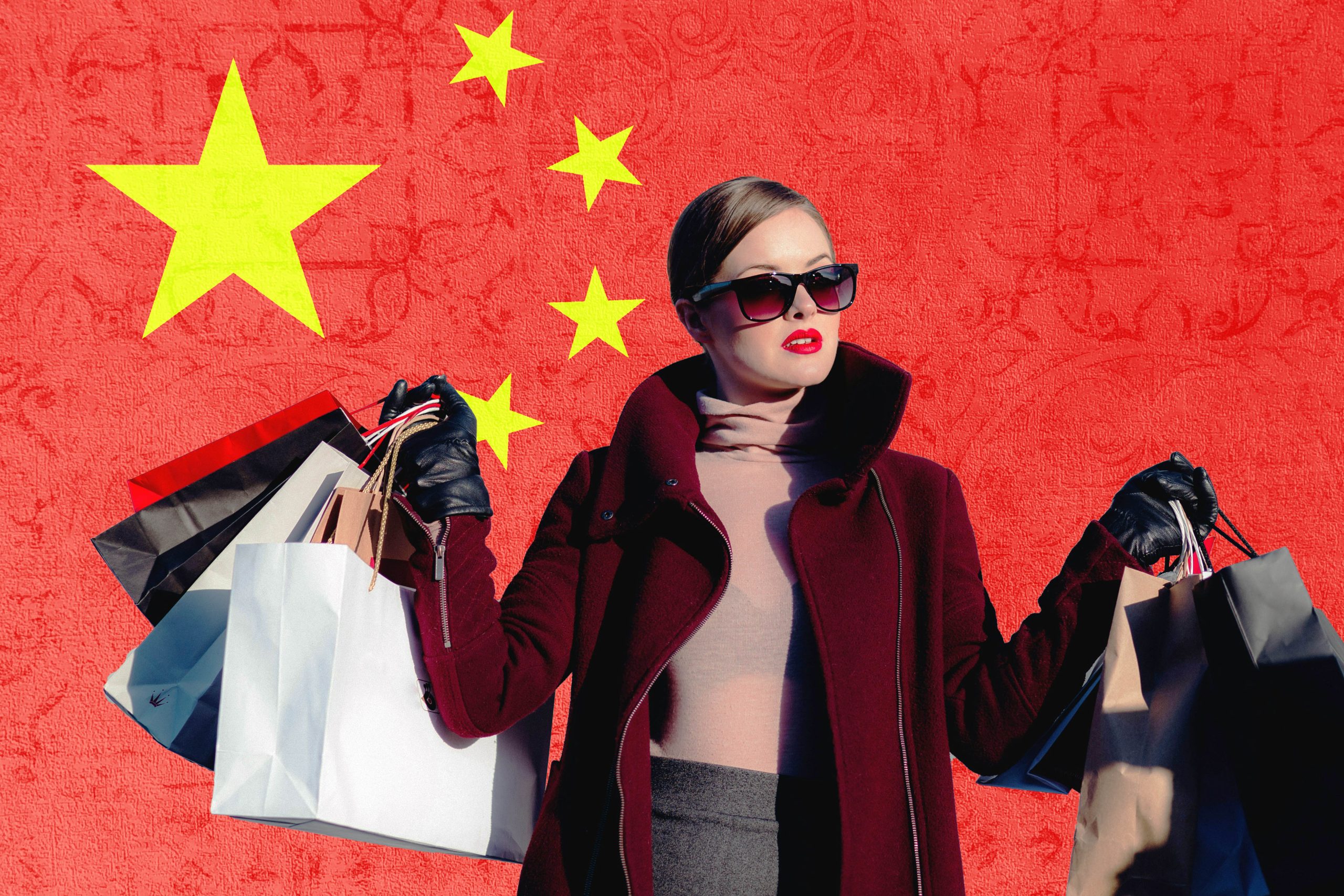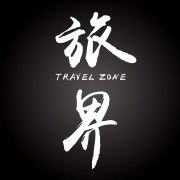Hennessy CEO: Luxury’s next China will still be China

Over the past year, LVMH founder Bernard Arnault has made it a habit to convene his inner circle at his company’s headquarters on Avenue Montaigne in Paris for detailed briefings on important China topics.
Participants revealed that a former economic adviser to the Chinese government had previously warned Arnault and his team that China’s aging population would pose a serious challenge to luxury conglomerate LVMH.
Europe is where Arnault’s LV luxury empire started, but LVMH’s phenomenal growth over the past three decades has been dependent on the Chinese market.
In the past, Chinese tourists boarded flights to Paris and Milan in droves for shopping, and out-of-the-blue Chinese consumers and tourists changed the global luxury market, with the Chinese market contributing 20% of LVMH’s global sales.
But now he’s having trouble figuring out why the number of Chinese tourists buying luxury goods while traveling has decreased compared to 2019, while tourists seem to be spending a lot more, and the company needs to figure out how this will affect their China business in the future.
It is worth mentioning that due to the weak demand from Chinese consumers, analysts from institutions such as Barclays have downgraded the ratings of some luxury goods companies such as France’s LVMH Group.
The global retail industry used to cater to Chinese tourists in the past.
At one time, luxury stores opened wherever Chinese tourists went, and in Paris, the Printemps and Galeries Lafayette hired Mandarin-speaking staff.
In its glory days, in Hong Kong, China, suppliers of milk powder, medicines and other goods needed by mainland Chinese tourists replaced small, family-run stores.
But now that Chinese tourists are traveling the world again, they look different and don’t spend like they used to.
Shares of cosmetics company Estee Lauder plunged in the fourth quarter of last year after the company issued a profit warning that said the main reason was the expected pressure on its Asian travel-retail business and a slower-than-expected recovery in mainland China.
Estee Lauder has invested in shopping stores at airport gates, shopping centers in popular tourist cities and duty-free zones where Chinese travelers must pass through.
Estee Lauder’s Japanese rival Shiseido also cut its full fiscal year profit forecast by 36% last year, citing weakness in China and the travel-retail market.
About 62% of luxury spending by Chinese consumers occurred within the country in April 2023, a figure that expanded sharply from 41% in the same period in 2019, according to data provider Sandalwood Advisors.
Despite a slow recovery in the number of Chinese tourists traveling abroad in the second half of the year, survey analysts said the proportion of Chinese tourists shopping overseas will not return to its heyday.
A phenomenon worth mentioning is that Chinese tourists no longer take “shopping” as the most important thing to do when traveling abroad, not entirely because of the epidemic, this change has already shown signs before 2019.
According to a report released by consulting firm Oliver Wyman, “shopping” as one of the main purposes of travel for Chinese tourists, from the second to the third place, occurred in 2016, when the top two beyond “shopping” rankings were “Sightseeing” and “Leisure and Entertainment”.
In 2018, Oliver Wyman conducted another study and found that Chinese tourists’ shopping expenses accounted for 32% of their total travel budget, down nearly 10 percentage points from 41% in 2016. Less than half of the respondents considered shopping as one of their top three reasons for traveling abroad.
Now, with the decline in national income, the development of e-commerce, Hainan duty-free port system improvement, this Chinese tourists “out of the country not chopping” trend in the post-epidemic era obviously intensified.
Luxury department store Harvey Nichols said late last November that it would close one of its two stores in downtown Hong Kong. “Mainland Chinese visitors to Hong Kong no longer value shopping as much as they did prior to the outbreak,” Harvey Nichols’ operating company said in a regulatory announcement.
The company also pointed to the rapid growth of e-commerce in the country during the epidemic, the rapid growth of luxury brands’ business in China and the narrowing of the price gap between the Chinese mainland and Hong Kong, a trend that can also be seen in other favorite destinations for Chinese tourists.
I can’t help but remember that last week, a Gen Z friend from Shenzhen shared her recent trip to Hong Kong with me.
My friend posed for photos at the waterfront promenade near Hong Kong’s Kennedy Town, and even posted on Xiaohongshu, a site that has recently become very popular with mainland tourists, some of whom, according to the Xiaohongshu’s “guide,” have even gone so far as to break into traffic in order to capture a perfect sunset.
But like many mainland tourists these days, my friend is not interested in shopping, she is more interested in “hitting the streets” and doing what she can to see as many popular sites as she can.
This is how my friend analyzed the story with me, saying that she can actually buy anything she wants online, “She used to take day trips to Hong Kong just to buy cosmetics. Now she wants an authentic experience while traveling.”
In this regard, a director of China Trading Desk believes that young Chinese tourists have become the main force of outbound tourism and do play a leading role in shaping market preferences and consumption patterns.
63% of travelers are under the age of 40, according to the company, while recent surveys by the company show a growing tendency to create personal travel posts, with shopping taking a back seat.
This is partly related to the domestic economy, where lower incomes are squeezing tourists’ discretionary budgets, while at the same time many nationals are increasingly shopping online at home, the executive added.
Against the backdrop of a general rise in global prices, the consumer preferences of Chinese consumers in the current economic cycle are undergoing significant changes, which are centered on individuality, pragmatism, simplicity, and quality, which is also known as “experiential consumption”, which is now in vogue.
Ji Yihua, Senior Product Director of Trip.com Group(the largest online travel agency in China), has shared some of his views, “Contemporary young people are popular to go skiing in Altay, wandering through the Universal Beijing and Disney, and have a Citywalk in Europe, and the cultural tourism consumption has become more daily, and the social sharing and personalized expression have further enhanced the pursuit of tourists’ travel experience, which has driven the explosion of various interest tourism products, such as camping, travel photography, beachcombing and music festivals.”
Special surveys by the China Tourism Research Institute also show that the proportion of Chinese tourists’ spending on food and beverage, accommodation, and cultural and entertainment during their stay in a destination is gradually increasing, while shopping expenditures supported by show-off spending, impulse spending, or commissioned purchases are decreasing.
Some overseas companies are beginning to make efforts to adapt to the changing consumption of young Chinese tourists.
LVMH, which has suffered from a decline in overseas spending by Chinese tourists, has responded by investing heavily in the local Chinese market.
During the epidemic, Louis Vuitton increased its workforce in China by about 30%, expanded its stores and invested in training its sales staff.
Over the years, Sanya has unleashed its spending potential because of the country’s duty-free policy, and LVMH is in the midst of a splashy renovation of its flagship store there.
LVMH is also planning to build a shopping and entertainment complex on Hainan Island, which the company’s duty-free arm says will be an “unprecedented investment” and is expected to attract 1,000 luxury brands by 2030 and 16 million tourists a year.
The optimism doesn’t look “staged”.
“On the subject of the next big luxury market, I get asked the question. So what’s after China?” said Laurent Boillot, the chief executive of Hennessy, the LVMH cognac brand. “My answer all the time: after China, there is China.”
Data from consulting firm Bain suggests that China’s share of global luxury consumption is expected to increase from around 23% to 40% by 2030.
Whether or not this prediction is overly optimistic, adapting to changes in the Chinese consumer remains an important proposition for these outbound-related companies.
Editor: Charriot Zhai



